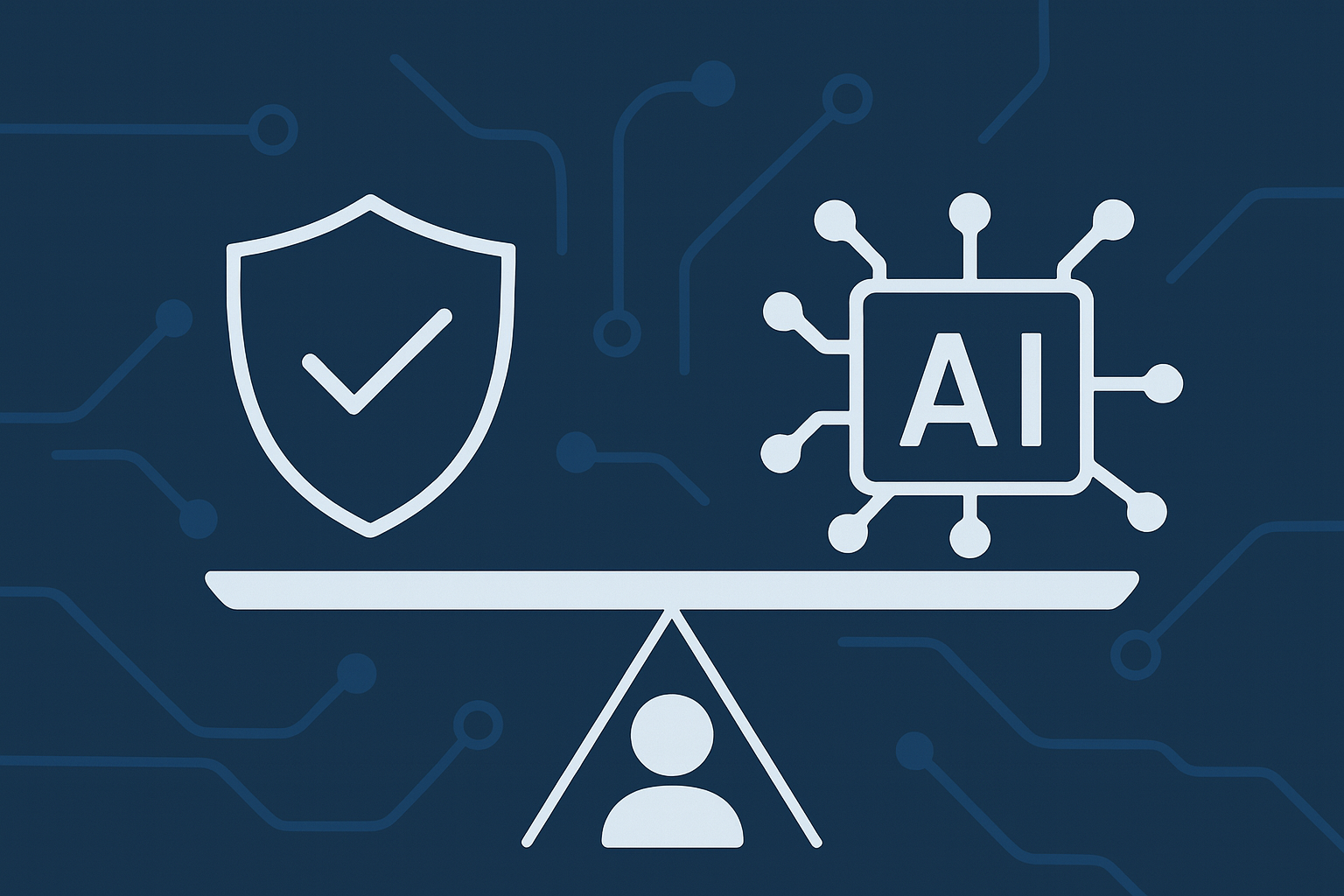Applying AI in ways that strengthen accountability and human judgment.
Building trust in AI begins by placing it in roles that support existing work rather than replace it. Compliance and quality monitoring are clear examples, as are related areas such as risk management, internal policy adherence, and vendor due diligence. These functions allow AI to provide value without altering core processes.
Some argue that AI should first be applied where efficiency gains are most visible, automating routine tasks, cutting costs, and streamlining operations. From that perspective, beginning with oversight functions can seem too modest, as automation promises faster returns.
Yet efficiency that comes at the cost of trust can lead to resistance and weaken confidence over time. A better starting point is in structured areas where established processes guide decisions. Here AI can improve consistency, detect irregularities, and flag potential issues while decisions remain with people, preserving accountability and building a foundation of trust.
Because established processes stay intact, accountability is preserved, and employees can engage with AI without disruption. This creates the foundation of trust needed for broader adoption.
Working Within Familiar Structures
Processes such as compliance and risk management, built on clear standards, documentation, and review, are well suited as entry points for AI. The technology can strengthen consistency, improve monitoring, and surface patterns that might otherwise go unnoticed.
Because the framework of the work remains intact, employees can engage with AI as a supportive tool rather than a replacement. It also safeguards essential business values such as accountability, reliability, and human oversight.
Gaining Practical Understanding
Using AI in areas where results are reviewed and interpreted by people allows organizations to understand where the technology is effective and where limitations remain. This experience helps define the oversight required before AI is applied in more complex or sensitive domains.
Supporting a Human-Centered Approach
Using AI in this way reflects a human-centered approach. It gives people the space to learn how to work with the technology and allows organizations to build internal expertise gradually. It ensures that core values remain central as adoption expands.
By supporting rather than replacing human judgment, AI can become a tool that strengthens trust and enables responsible use across the business.
Conclusion
Starting with AI in compliance, risk management, and related oversight functions provides a practical way to build confidence in the technology. It allows organizations to learn from experience and develop a clear understanding of AI’s role and boundaries.
Laiyertech supports this approach with solutions designed for responsible adoption, emphasizing transparency, data governance, quality, and alignment with established business practices. We welcome your perspective: Where do you see AI offering the greatest potential to improve confidence and trust in your organization?


Leave a Reply
You must be logged in to post a comment.